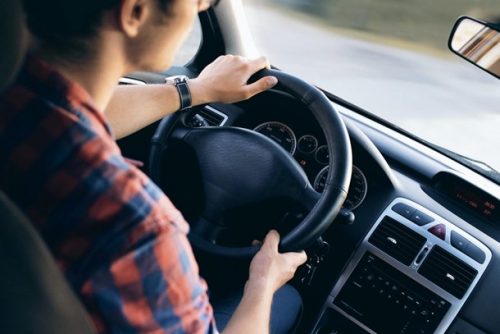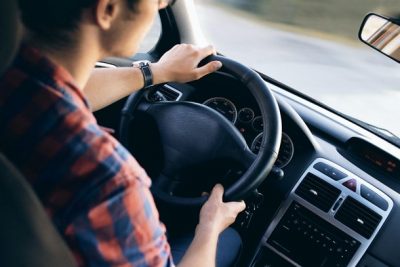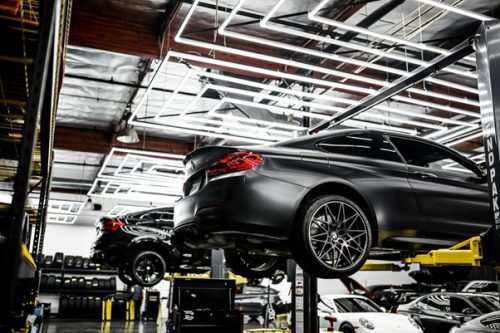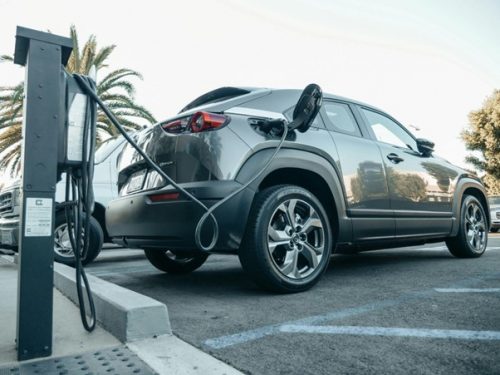
Teenager Preparation for Driving and Car Ownership
Posted in: Driving Courses, Driving Tips.

Image Source: Pexels
The ability to drive is one of many key milestones for any teenager. It represents not only another step toward adulthood, but also acts as a tool that gives them their independence. However, the skills needed to safely own a vehicle go beyond the simple ability to drive.
Many of the aspects teens and their parents need to take into consideration revolve around responsibilities to themselves and other drivers on the road. As car owners, our approach to taking care of our vehicles, even down to our ability to financially support our continued usage, can have a significant impact. Hitting the road without careful and robust preparations — whether during daily commuting or a summer road trip — can easily spell disaster for everyone involved.
We all want to make sure that our car ownership experiences are positive. So, what are some of the primary areas teenagers need to be focusing on? Let’s explore some of the main points that can help prepare new drivers, alongside their operational skills.
Budgeting
There are no two ways about it — a car tends to be one of the most significant expenses in modern life. Between the initial purchase, maintenance costs, and handling the unexpected, owning a vehicle is not a cheap prospect. It’s important that teenagers understand how finances factor into their overall responsibility as a road user.
When buying a first car it might seem better to find the cheapest runaround possible, just to be able to get out on the road. However, this isn’t always the smartest or safest route to go. After all, vehicles on the lower end of the price spectrum tend to be older and may have underlying issues that could lead to far more expenses in the future. In worst-case scenarios, there may even be a catastrophic failure while on the road. Not to mention that the inability to pay for repairs and maintenance can result in them operating a vehicle that may well be dangerous.
This doesn’t mean to say that they need to take out financing for a brand new car. Rather, they should be practicing budgeting strategies so that they can buy something more reliable in the future. Adopting tactics like the 50/30/20 Rule — with 50% of their income going toward their needs, 30% to their wants, and 20% to savings — is not only a practical path to paying for a better vehicle, but it stands them in good stead for the financial burdens of car ownership. Even after saving for the vehicle itself, maintaining the 20% of savings can keep them prepared to pay for any emergency repairs or maintenance they’ll face in the future.
Maintenance
Anyone who has owned a car knows that the best way to avoid issues is to keep a strict standard of maintenance protocols. To most teens, these might not be the most exciting parts of vehicle ownership (although some of the mechanical aspects can be interesting), but they will keep teen drivers safe so that they are fully able to enjoy the freedoms that driving brings.
Areas of focus here must include:
- Basic Checks
Even the small issues can lead to big problems; therefore teens need to understand how to regularly examine their vehicle for safety and performance. Fluids — oil, coolant, power steering, and brake fluid — must all be kept comfortably above the minimum line. Tire pressure and tread depth must be checked every couple of weeks. There should even be frequent checking that the spare tire has not been inadvertently damaged or deteriorated.
- Engine Health
It’s important to recognize what an unhealthy engine looks and sounds like. Show teens how to identify the rattling sounds that can indicate loose components. Familiarize them with backfiring, and how this can relate to trimming belt slippage or even poorly connected spark plugs. Most importantly, they need to understand when these are repairable at home, or must be taken to an expert. Good engine knowledge not only helps keep a car functional, but it also helps when reviewing a used car for potential purchase.
- Recalls and Defects
Vehicle manufacturers don’t always get production quite right; unfortunately, this can lead to defects that are potentially hazardous and could cause injury. It’s important therefore to regularly check what recalls and warnings the manufacturer has issued, so that these can be rectified. If a recall has been denied to teenagers, they also need to understand how to make a detailed log of faults and correspondence should they need to lodge a liability lawsuit in the future.
Emergencies
Facing the unexpected while at the wheel of a car is always a recipe for stress and anxiety. As a teenager, the lack of practical experience on the roads or with hazardous scenarios can exacerbate the situation, and potentially become more dangerous. This is why it is essential that they are prepared with the knowledge and tools that can help them keep a calm, practical head during problems.
Safe maneuvers and roadside behavior during an emergency are essential knowledge here. Whether due to a car accident or a breakdown, the aim should be to get as far off of the main road as possible. Turning on the hazard lights is the minimum first step, but all drivers’ should make sure their cars are fully equipped with reflective warning triangles for the front and rear of the vehicle. A vest for driver visibility is also key for driver visibility. Using these tools to alert other drivers that the car presents a hazard is the priority before calling for assistance.
Adequate preparedness supplies should be kept in the vehicle at all times. At the very least, there should be the aforementioned reflective triangles, alongside a well-stocked first aid kit, and a fire extinguisher. In the event that teenagers may be stranded overnight, a “get home bag” with warm clothing, water bottles, energy bars, and personal protection can ensure young drivers stay safe until they can get assistance the next day. The key is to put in place preparations that help teens feel confident that they can handle emergencies when they arise.
Conclusion
Becoming a car owner is an exciting prospect, but there can be a lot of responsibilities that may not be immediately obvious. Teens need to be provided with more than operational knowledge in order to be safe road users. Advice on the financial aspects of ownership, guidance about ongoing maintenance, and preparedness for emergencies must factor into their driving education.
Tags: Teenager Preparation for Driving and Car Ownership








